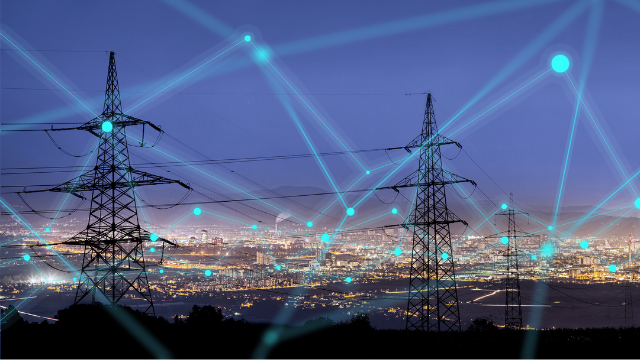1740 results found
Featured results



More results
Meet four women leaders who are transforming infrastructure development in Latin America (Spanish translation).
Meet four women leaders who are transforming infrastructure development in Latin America (Portugese translation).
This book addresses two concerns. First that advanced technologies developed in high-income countries would inexorably lead to job losses of lower-skilled, less well-off workers and exacerbate inequality. Second Policies intended to protect jobs from technology advancement would themselves stultify progress and depress productivity, these are addressed using the output effect subsitution effect framework.

With an installed capacity of 450MW, accounting for 37.5% of the total installed capacity, the project is part of the Zhangjiakou-Beijing Renewable Energy-Powered Clean Heating Demonstration. It has the largest single investment and the highest construction standard of its kind.
With signs of increasing international cooperation on climate change, including the Biden Administration’s commitment to halve America’s net greenhouse gas pollution by 2030, we may finally see new levels of momentum for transnational or cross-border renewable energy projects, which the United Nations has cited as required for the achievement of Sustainable Development Goal 7: Affordable and Clean Energy.
Today, the GI Hub has launched a new resource that shows how G20 governments are spending the USD3.2 trillion in infrastructure as a stimulus.
The widespread recognition by infrastructure fund managers, lenders and investors of the importance of ESG principles appears only to have strengthened since the global pandemic. The distinct shift continues, from useful consideration to future-focused must-have.
The pandemic increased inequalities among vulnerable people and highlighted gaps in access to financing and services in every country. Simultaneously, the climate crisis is still at ‘code red’. From every vantage point, it is clear that we need to get the most possible out of the unprecedented level of infrastructure as a stimulus.
Infrastructure is one of the least technologically transformed sectors of the economy and there is a global consensus that our industry needs innovation to solve big challenges like the resilience of infrastructure during future pandemics, the rise of climate change, urbanisation, and an ageing population
David Baxter discusses how climate change and COVID-19 reveals an urgent need for resilient infrastructure.
The GI Hub is helping ‘connect the dots’ among governments, technology providers, and investors to scale up technological adoption and seize the opportunity for more sustainable roads. Here, we discuss why this is important and what we aim to achieve.
Africa’s first roundtable on infrastructure governance is taking place in Cape Town this week. Chris Heathcote, CEO of GI Hub, which is participating, shares his views on the opportunities that infrastructure development offers African countries and some of the obstacles to the success of such projects.
Infrastructure can play a significant role in economic recovery of the post-COVID world. It's critically important for coronavirus stimulus measures to focus on projects that not only grow the economy, but also anticipate the impact of future risks, particularly climate change.
Uganda is targeting a 22% emissions reduction from a business-as-usual scenario by 2030.
Uganda is targeting a 22% emissions reduction from a business-as-usual scenario by 2030. A run-of-river hydropower station project lowered energy costs and reduced greenhouse gas emissions.
Singapore's SolarNova program is a whole-of-government effort to accelerate the deployment of solar photovoltaic (PV) systems. The government took the lead in rolling out the rooftop PV systems across public housing and government buildings in collaboration with solar developers.

The highest recoveries on infrastructure debt default occurs in Africa, the Middle East and Eastern Europe, according to new data from Moody’s shows which regions of the world have the highest and lowest default rates on infrastructure and other project finance debt investments.


The benefits of infrastructure spending during an economic downturn for New Zealand are explored.
This paper develops a port productivity and efficiency analysis of all developing regions between 2000 and 2010, using both parametric and nonparametric approaches.

Increased adoption of digital infrastructure will allow cities, regions and their transport operators to integrate new transport modes.
Ambitions Beyond Growth- Economic and Social Survey of Asia-Pacific Region” by UN ESCAP 2019 reveals that achieving the Sustainable Development Goals by 2030 would require an annual additional investment of $1.5 trillion for Asia-Pacific developing countries – equivalent to five per cent of their combined GDP in 2018, or about four per cent in terms of the annual average GDP for the period 2016-2030.



 Inclusive Infrastructure
Inclusive Infrastructure















